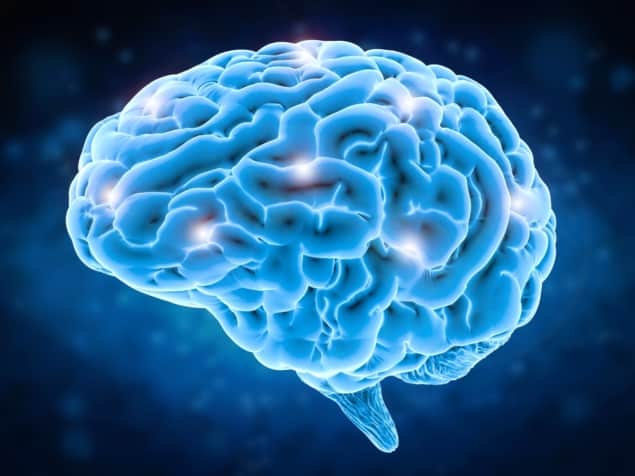Multiphysics simulation charts the migration of harmful proteins in the brain
30 Oct 2018
Computer simulations have reproduced the spreading and accumulation of defective proteins throughout the brain – a process characteristic of several neurodegenerative diseases including Alzheimer’s, Parkinson’s and amyotrophic lateral sclerosis (ALS). Created by US and UK researchers led by Alain Goriely at the University of Oxford, the model can approximate large-scale behaviours of complex neurological processes with surprising accuracy. The team’s work could one day lead to new treatments for neurodegenerative diseases.

Brain cells communicate with each other partly through electrical signals and partly through the exchange of chemical information in the form of complex protein molecules.
These proteins have intricately-folded structures, which are vital to healthy brain activity. If proteins are made with misfolded forms, they can become toxic; spreading throughout the brain by copying themselves and accumulating in localized clumps. The body will then shut cells down as it attempts to rid the brain of toxic proteins, resulting in potentially irreversible damage.
These proteins have intricately-folded structures, which are vital to healthy brain activity. If proteins are made with misfolded forms, they can become toxic; spreading throughout the brain by copying themselves and accumulating in localized clumps. The body will then shut cells down as it attempts to rid the brain of toxic proteins, resulting in potentially irreversible damage.
In certain neurodegenerative diseases, these toxic proteins will spread and evolve in characteristic patterns. This results in atrophy in specific areas of the brain, leading to unique defects that characterize specific diseases. Previous attempts at modelling these processes have tried to recreate the individual cellular and biochemical mechanisms in simulations. However, the highly complex nature of the systems has made it very difficult to gain useful results.
Large-scale effects
Instead of focussing on microscopic local processes, Goriely’s team used “multiphysics” computer simulations – which deal with macroscopic effects such as diffusion — to simulate the spreading of toxic proteins throughout the entire brain. By modelling the large-scale effects of neurodegenerative diseases based on clinical data, the researchers aimed to eliminate the need to account for behaviours of individual cells and molecules.READ MORE

The team first carried out a detailed magnetic resonance imaging scan on the brain of a patient to provide a virtual brain structure in which the virtual proteins could evolve. They then seeded three different misfolded proteins in specific locations in their virtual brain, based on clinical data of where the molecules typically first appear within the brains of patients with Alzheimer’s, Parkinson’s and ALS.
The team could accurately reproduce the characteristic spreading and accumulation of misfolded proteins observed in patients of all three diseases. By coupling their simulation to a mechanical tissue model, Goriely’s team could then reproduce atrophy in the areas of the brain associated with the cognitive defects in each condition. Their result suggests that important insights into intricate biological systems can be obtained from models based on universal physical laws – without the need to account for more complex cellular and biochemical processes.
The study is described in Physical Review Letters.
Sam Jarman is a science writer based in the UK
30/10/2018 FROM PHYSICSWORLD.COM

Δεν υπάρχουν σχόλια:
Δημοσίευση σχολίου